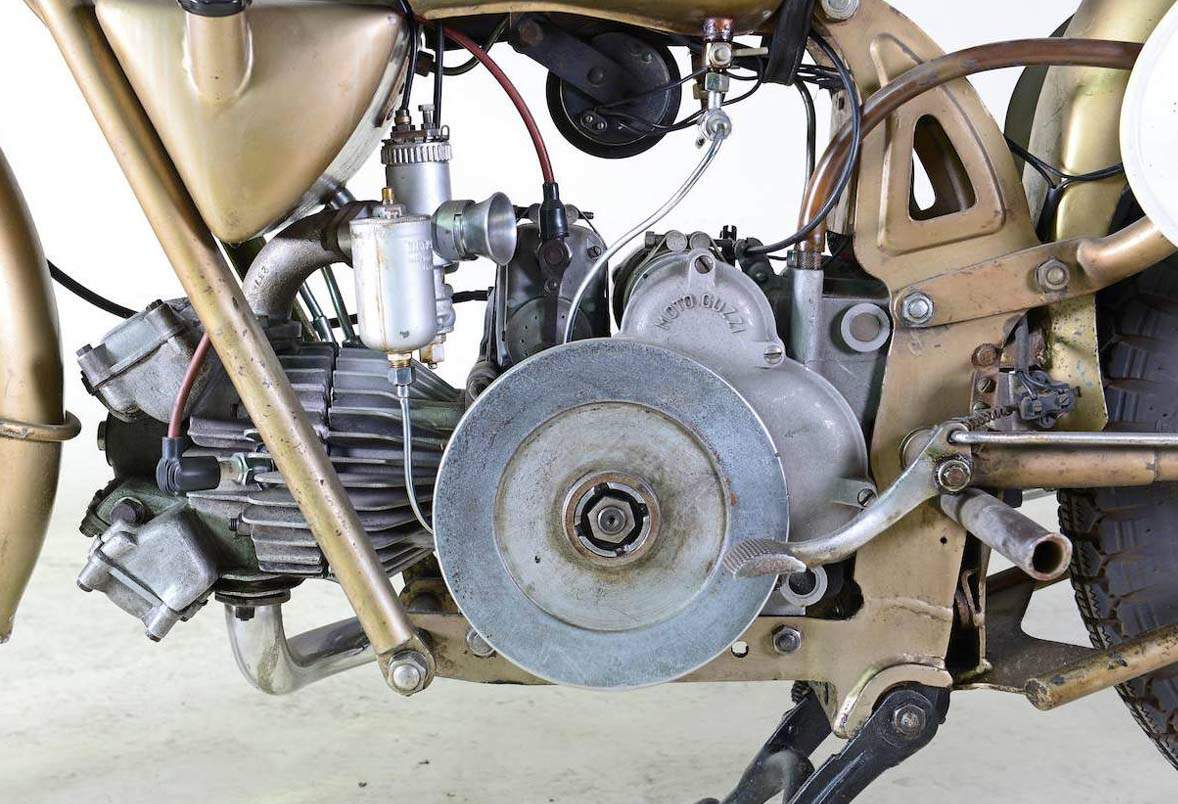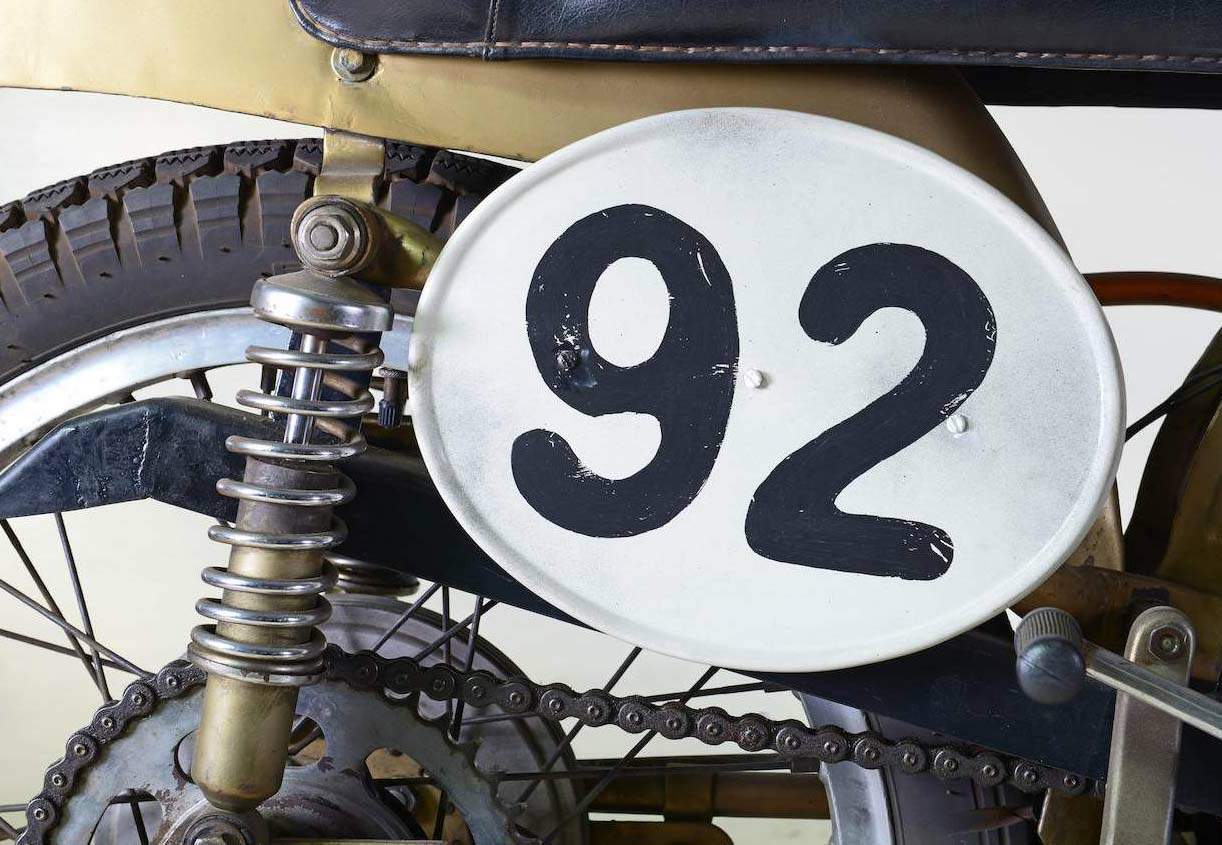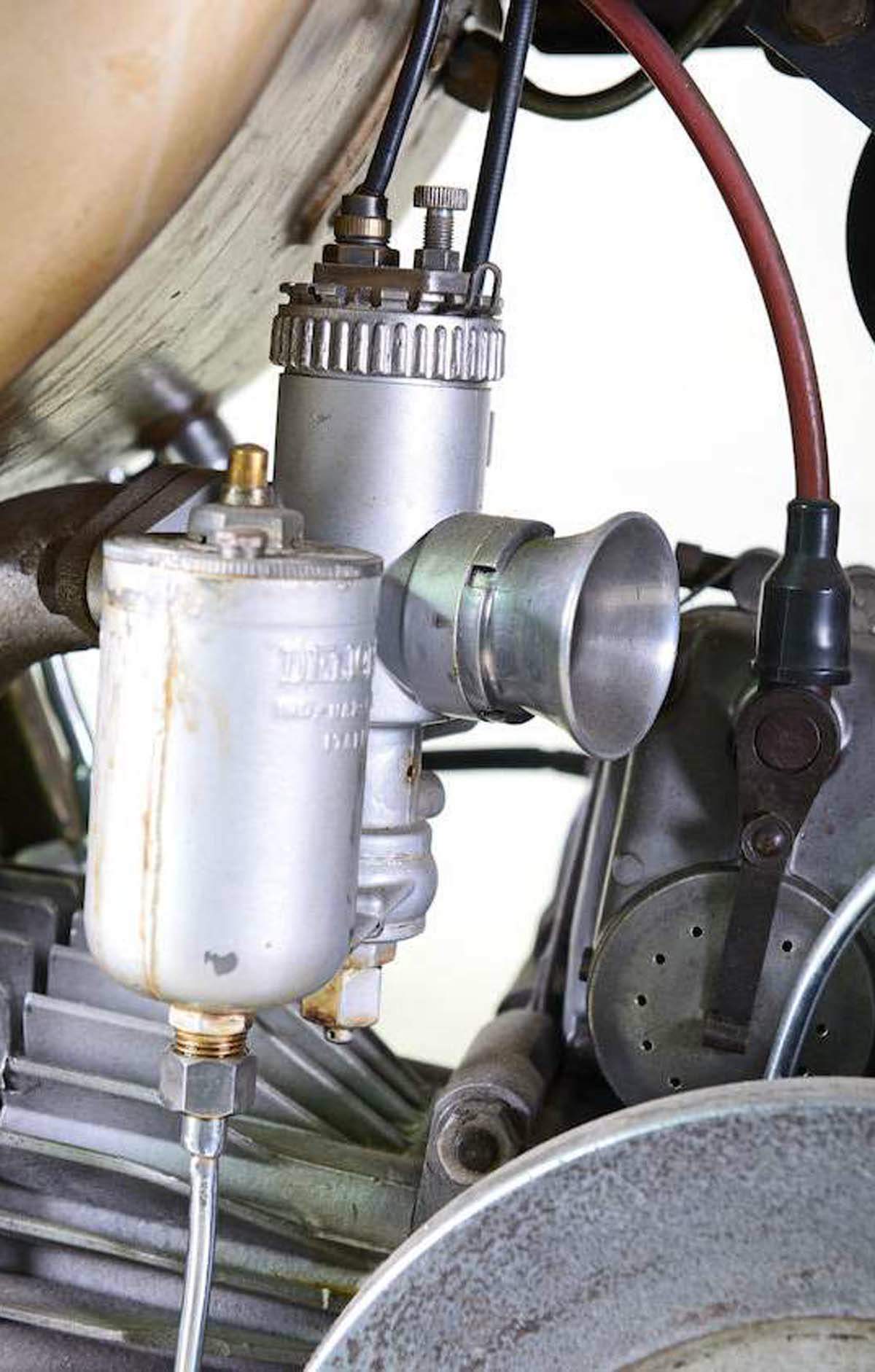
|
|
|
|
|
|
Classic Bikes
Custom Bikes
Individual
Racing Bikes AJP
AJS
Aprilia
Ariel
Avinton / Wakan
Bajaj
Benelli
Beta
Bimota
BMW
Brough Superior
BRP Cam-Am
BSA
Buell / EBR
Bultaco
Cagiva
Campagna
CCM
CF Moto
Combat Motors
Derbi
Deus
Ducati
Excelsior
GASGAS
Ghezzi Brian
Gilera
GIMA
Harley Davidson
Hero
Highland
Honda
Horex
Husaberg
Husqvarna
Hyosung
Indian
Jawa
Kawasaki
KTM
KYMCO
Laverda
Lazareth
Magni
Maico
Mash
Matchless
Mondial
Moto Guzzi
Moto Morini
MV Agusta
MZ / MuZ
NCR
Norton
NSU
Paton
Peugeot
Piaggio
Revival Cycles
Roland Sands
Royal Enfield
Sachs
Sherco
Sunbeam
Suzuki
SWM
SYM
Triumph
TVS
Ural
Velocette
Vespa
Victory
Vincent
VOR
Voxan
Vyrus
Walt Siegl
Walz
Wrenchmonkees
Wunderlich
XTR / Radical
Yamaha
Zero
Video
Technical
Complete Manufacturer List
|
Moto Guzzi 250 Airone Sport |
| . |
Moto Guzzi's origins can be traced back to WWI, when a trio
of motorcycle enthusiasts serving with the Italian Air Force
hatched a plan to start a business: Giorgio Parodi would secure
the finance, Carlo Guzzi would design the machine, and Giovanni
Ravelli would race it. Sadly, Ravelli died in a flying accident
soon after the war's end, leaving Parodi and Guzzi to found what
would become one of the most exalted of Italian marques at
Mandello del Lario, close to the shores of Lake Como.
Carlo Guzzi's first prototype motorcycle of 1919 was
unconventional in so far as its single-cylinder engine was
installed horizontally, and by the end of the 1930s the 'flat
single' had established itself as a Guzzi hallmark.

The prototype Guzzi was exceptionally advanced for its day: unitary construction of the 500cc engine and gearbox, over-square bore/stroke, geared primary drive, an overhead camshaft, and four valves per cylinder being just some of its salient features. However, the Normale (standard) model that entered production in 1921 was necessarily less ambitious, the most obvious difference being its engine's inlet-over-exhaust valve arrangement, adopted to reduce costs.
Guzzi recommenced production post-WW2 with range of updated pre-war designs, which in the case of the 250cc Airone (heron), first introduced in 1939, meant it gained a telescopic front fork, larger diameter brakes, and an aluminium-alloy cylinder barrel and 'head. In 1949 a Sport version became available; the original being renamed Turismo. Boasting a higher compression ratio and larger carburettor, the more powerful Sport offered a 73mph top speed and the ability to cruise at 60mph all day, and remained a top-seller well into the 1950s. 'Robust Italian machine capable of very hard driving: remarkably light petrol consumption' was how Motor Cycle magazine summed up the Airone Sport after testing one in 1949.




|
Any corrections or more information on these motorcycles will be kindly appreciated. |